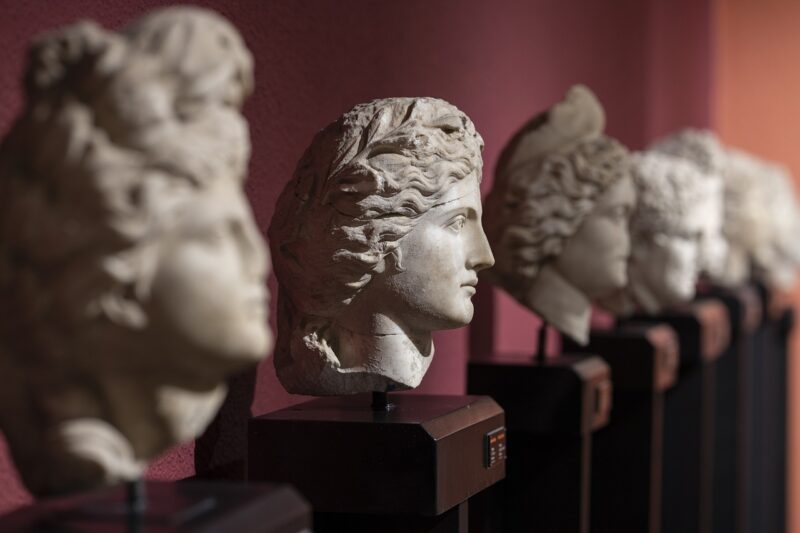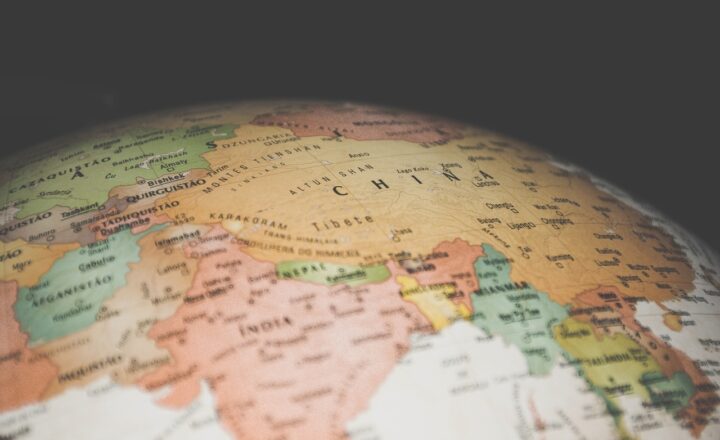
Water has played a vital role in the development of civilizations throughout history, often reflecting the spiritual beliefs and cultural practices that shaped them. In ancient myths and legends, water is a powerful symbol, representing life, fertility, destruction, and mystery. From the rivers that nourished the earliest agricultural societies to the oceans that inspired exploration and conquests, water is weaved into the fabric of human storytelling.
1. Water as a Source of Life
Since time immemorial, water has been synonymous with life itself. In many ancient mythologies, water is viewed as a life-giving force. The Sumerians, among the earliest human civilizations, revered the Tigris and Euphrates rivers as sacred, believing they were gifts from the gods that allowed agriculture to flourish.
In Egyptian mythology, the Nile River was equally venerated, seen as the lifeblood of the economy and a divine gift. Both the Sumerians and Egyptians recognized the importance of the annual flooding of their rivers, which brought nutrient-rich silt that ensured bountiful harvests. This agricultural abundance resulted in the growth of complex societies, further embedding water into their spiritual practices.
2. Water and Creation Myths
Many creation myths involve water in their narratives, often depicting it as the primordial substance from which all life originates. The ancient Greeks believed in a primordial entity called Chaos, which represented a vast, unformed space that included a great sea. From Chaos emerged several deities, including Gaia (Earth) and Uranus (Sky), suggesting that life began as a synthesis of water and earth.
Similarly, in the Hindu creation story, the universe began in a cosmic ocean. Vishnu, a prominent deity, is often depicted resting on the serpent Ananta, who floats on the Kshara, or cosmic ocean. This image symbolizes the interconnectedness of water with life, creation, and the universe itself. These narratives illustrate that water has been a central character in the birth of existence across cultures.
3. Water as a Symbol of Change and Transformation
Water is not just a source of life; it also embodies change and transformation. From the constant flow of rivers to the ever-changing tides of oceans, water serves as a symbol of life’s transitory nature. Ancient myths often portray deities of water as shape-shifters or beings capable of transformation.
In Celtic mythology, the goddess Brigid is associated with sacred wells and healing waters. Often, she is depicted as a protector of transformation; her wells were believed to facilitate personal change, healing ailments both physical and spiritual. Furthermore, the Greek god Poseidon, ruler of the oceans, is portrayed as a powerful deity whose moods change like the tides, representing the unpredictability and duality of water as both a source of nourishment and a force of destruction.
4. Water’s Role in Myths of Destruction
While water often signifies life, it can also embody chaos and destruction. Flood myths are prevalent in many cultures, representing a divine punishment or a cleansing process that allows for renewal. The biblical story of Noah’s Ark is perhaps the most famous, where a great flood cleanses the earth of humanity’s sins. Similar flood myths can be found in Mesopotamian, Hindu, and Native American cultures, underscoring the duality of water as both nurturing and destructive.
In the Epic of Gilgamesh, a story from ancient Mesopotamia, the gods plan to flood the earth to wipe out humanity, demonstrating the fear of water’s overwhelming power. This notion carries a strong moral lesson about humanity’s relationship with the divine and the environment. Such narratives serve as a reminder of the reverence cultures must hold for the natural elements, especially water.
5. Water in Rituals and Ceremonies
Water has always loomed large in religious rituals and ceremonies across cultures. It serves as both a cleansing and a purifying element, symbolically representing a new beginning. For instance, in baptism rituals practiced by Christians, water represents spiritual rebirth. Similarly, in many indigenous cultures, water is incorporated into cleansing rituals to rid individuals of negativity before embarking on significant life events or rituals.
In ancient Greece, rituals at sacred springs often involved purification rites meant to appease gods and spirits residing in the waters. These practices illustrate how water transcends mere physical substance to embody deeper spiritual meanings.
6. Water and Underworld Myths
In many cultures, water functions as a bridge between the living world and the afterlife. For example, in ancient Greek mythology, the river Styx played a critical role in the passage to the underworld. Souls would pay Charon, the ferryman, to transport them across the river, symbolizing the journey from life to death. This association imbues water with a sense of mystery, reflecting both a fear and reverence for the unknown.
Similarly, in many African and Aboriginal Australian myths, rivers and lakes are considered pathways to the spiritual realm, often housing ancestral spirits. This connection between water and the afterlife further illustrates its multifaceted symbolism within cultural storytelling.
Conclusion
Water has undeniably shaped countless ancient myths and legends, serving as a symbol of life, creation, destruction, and transformation. Its significance permeates various cultures, underscoring a shared understanding of the complex nature of our relationship with this essential element. These stories reflect human attempts to comprehend the unpredictability of water, while also highlighting its vital role in shaping civilization. In contemplating the myths that encapsulate water’s essence, we gain a deeper appreciation for its power and meaning in our lives today, reminding us of the need to both respect and protect this valuable resource for future generations.







